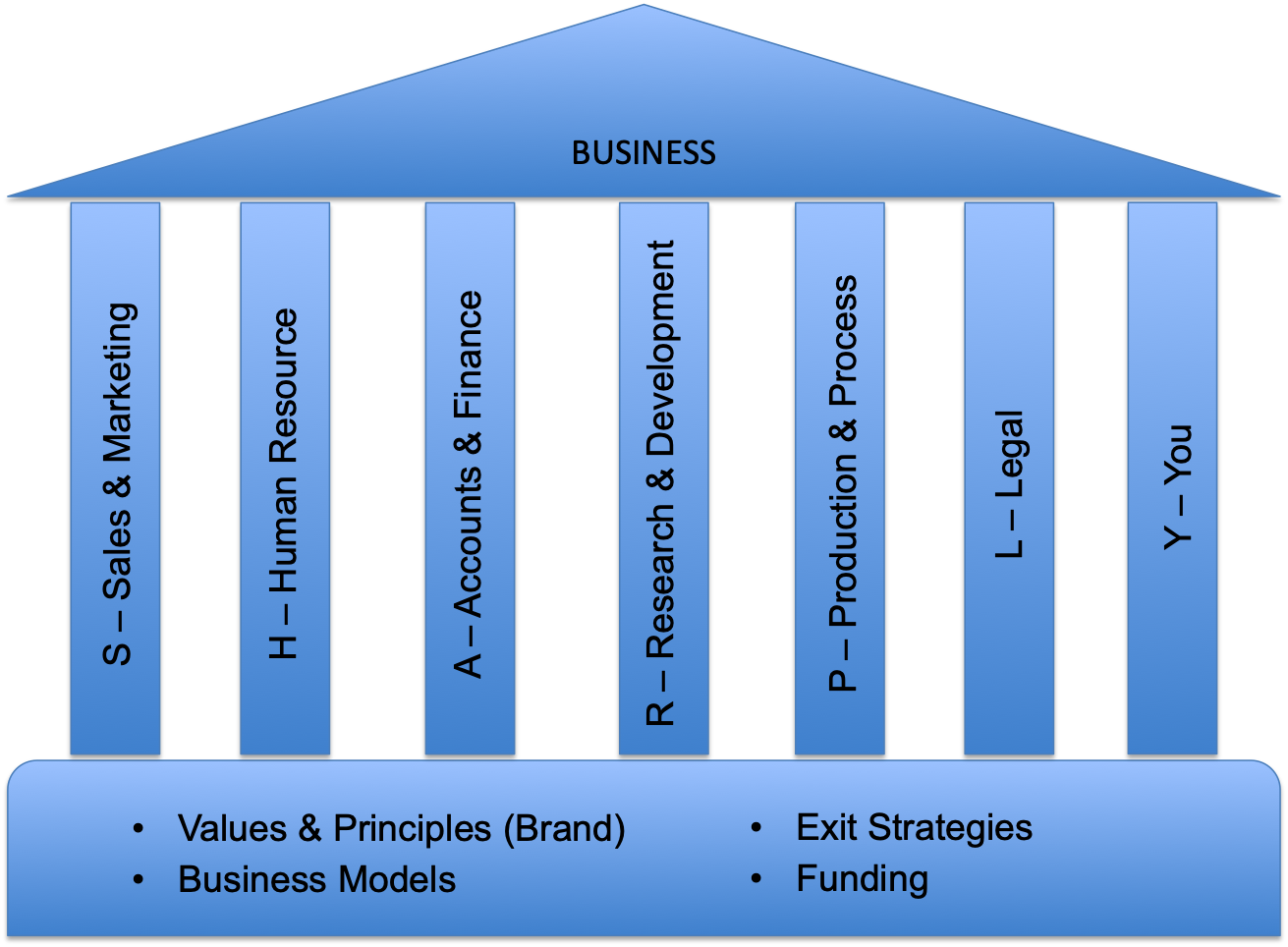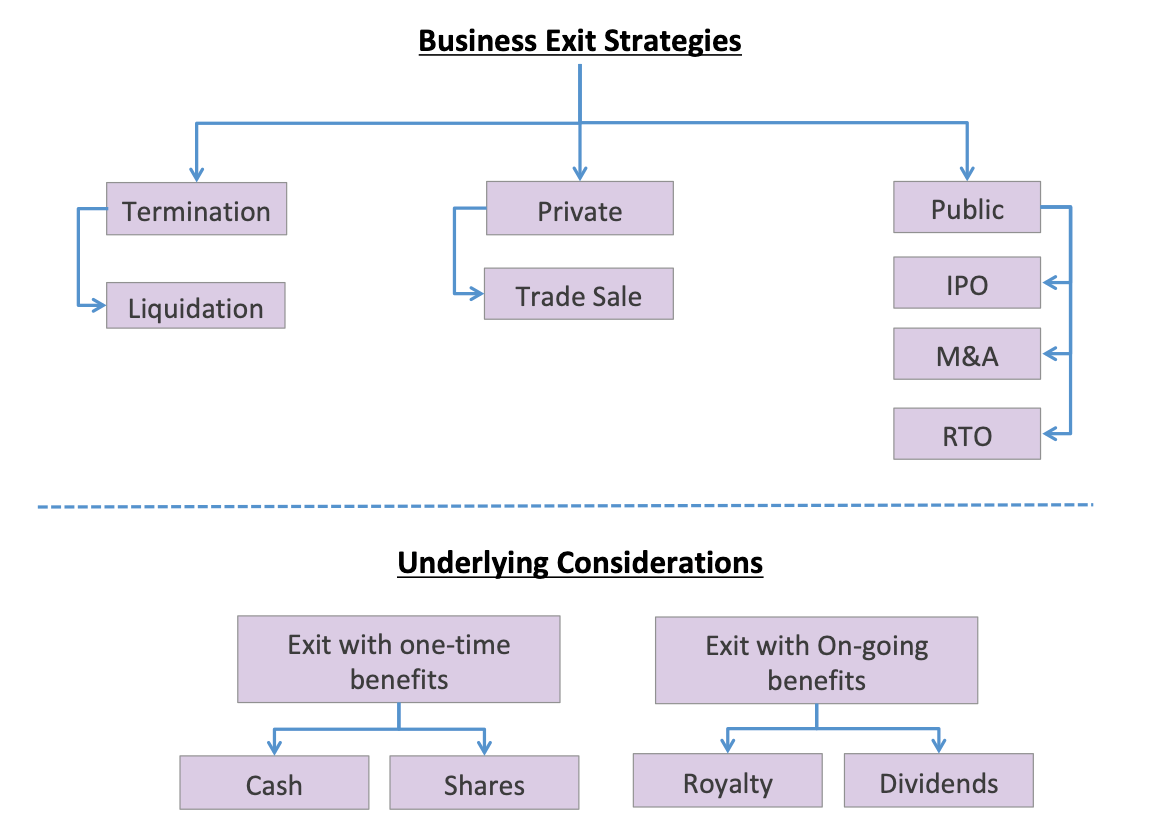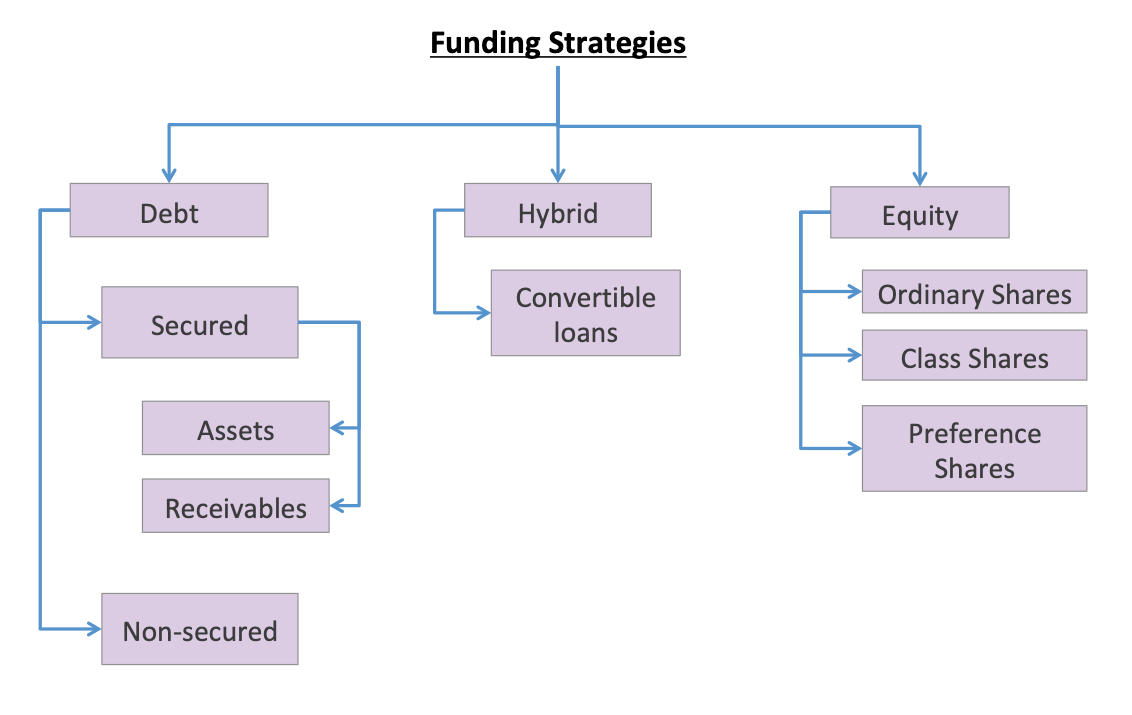Our Framework
Business Framework
SUT Business Framework
There are many aspects to a business. From sales and marketing to operation, from backend system to research and development, everything seems to be interlinked. It is said everything rises and falls with leadership. While the key to a successful business is/are the leader(s) behind the business, there are several aspects of a business that a business leader has to identify.
At SUT Consulting, we identify 7 key aspects to a business. We call it SHARPLY which are namely:
- S- Sales & Marketing
- H – Human Resource
- A – Accounts & Finance
- R – Research & Development
- P – Production & Process
- L – Legal
- Y – You

Business Foundation Framework
Principles & Values
Business Models
Exit Strategies

Funding


